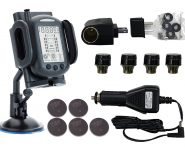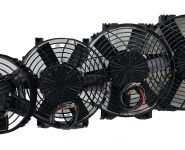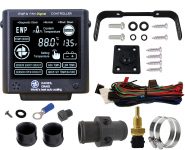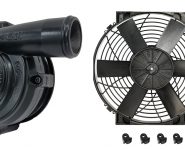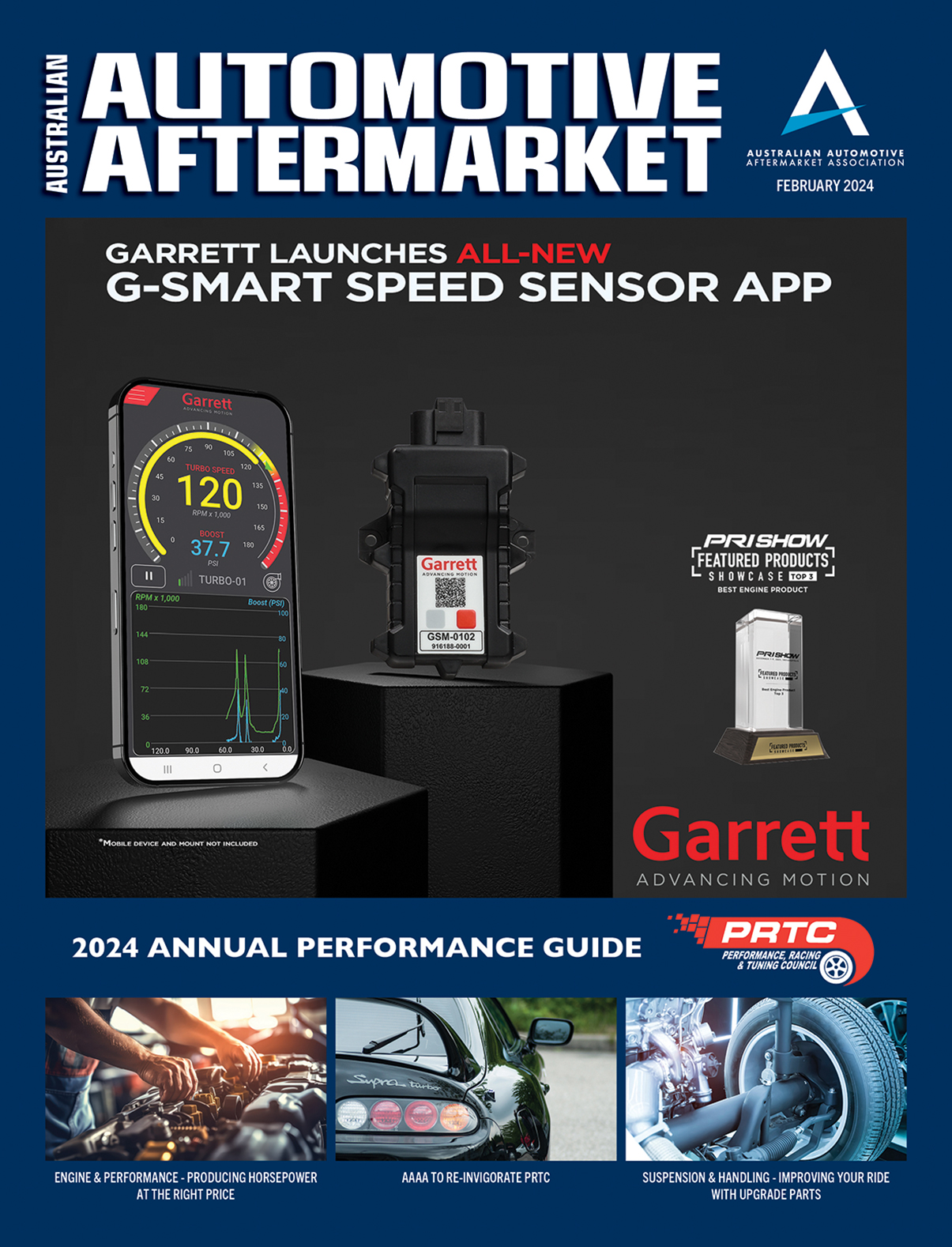DAVIES CRAIG RAISING THE BAR
Following intense research and development, Davies Craig is set to release new high power brushless Thermatic Electric Fans
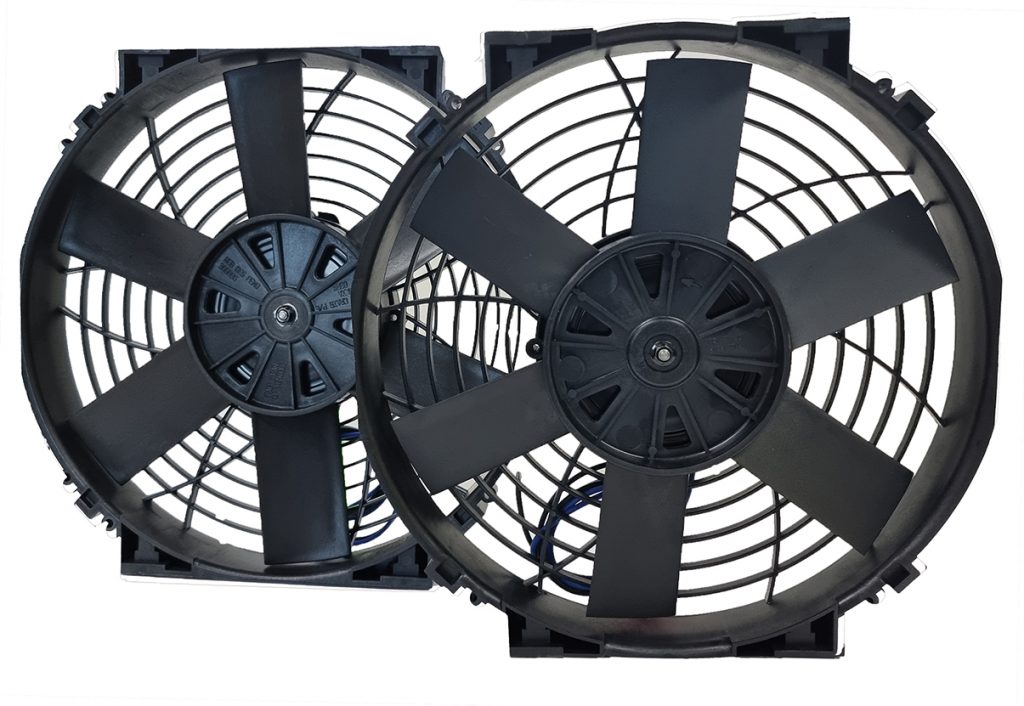
Fifty years ago, a belt-driven automotive radiator fan was the only other option for vehicle engine cooling, save for the mechanical, belt-driven water pump.
Searching for a more efficient cooling method, Australian engineers Daryl Davies and Bill Craig created the Thermatic Electric Fan.
Davies, Craig Pty Ltd was formed in 1972 to further research, develop and manufacture these innovative ground-breaking automotive electric fans, and has since developed and produced a very comprehensive range.
The Thermatic Electric Fan range covers most makes and models of vehicles and is deployed extensively in the air conditioning industry.
An Australian manufactured Davies, Craig Thermatic Electric Fan has now become one of the most popular cooling system upgrades, for all veteran, vintage, classic, modern and performance vehicles around the world, says Davies, Craig.
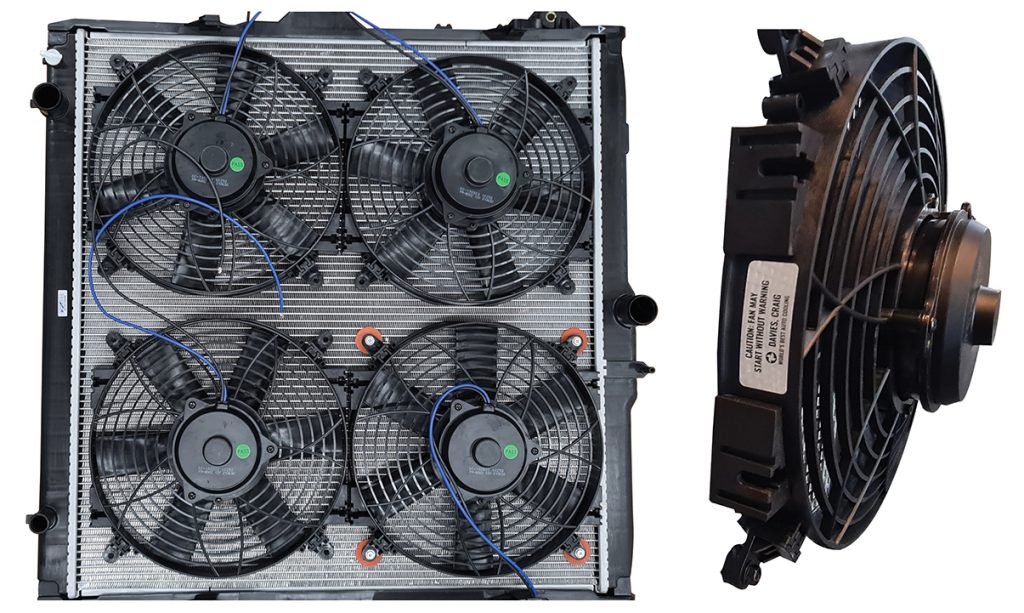
Going brushless
In the current automotive market, most electric cooling fans utilise a conventional brushed DC motor, while some Original Equipment Manufacturers (OEM) have commenced developing brushless fans to replace and complement the existing brushed DC motor.
These brushless electric fans are now appearing in automotive manufacturing and the aftermarket.
Both brushed and brushless motors use the same basic principles of attraction and repulsion between windings and permanent magnets to achieve rotation.
The primary difference between brushed and brushless motors is the brushed motors are mechanically driven and brushless are electronically driven.
In brushed motors, the stationary part contains permanent magnets while the moving rotor contains the windings. Carbon brushes are in physical contact with the rotor to transfer and flip the electric voltage going to the windings.
This voltage creates the constantly flipped electromagnetic field required to achieve rotation. This design is very simple but over time the brushes wear down.
In brushless motor technology the rotor contains the permanent magnets, and the windings are stationary.
Instead of brushes, an electronic controller powers the windings in succession. This forms a rotating magnetic field in the stator which then creates the rotating motion.
The brushless electric fan offers up to four to five times longer serviceable life than the standard brushed fan, says Davies, Craig.
A brushless fan motor may offer up to 10,000 hours of serviceable life. In comparison, a normal, brushed electric fan, may only offer around 2,000/3,000 hours of serviceable life.
At this point in time, the brushless variety units are more expensive, but this cost is offset by the extra service life the brushless motor offers in an automotive application and more importantly in the air-conditioning and refrigeration space.
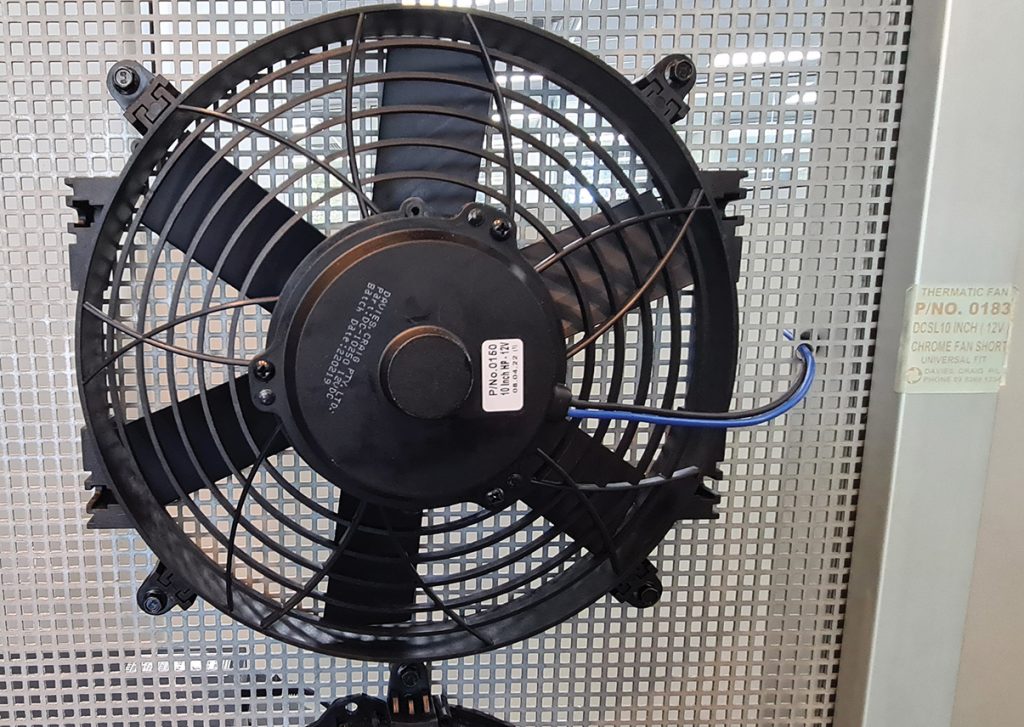
An expanding range
Davies, Craig’s research and development focus for the past few years has been expanding the Thermatic Electric Fan range to incorporate new high power brushed and brushless motors.
One vital element of an electric fan which is either overstated or not stated at all is the strength or ‘air force’ of respective electric fans.
Cubic Feet per Minute (Cubic Ft/Min, ft3/min) is the key to the acceptable performance of an electric fan and the appropriate ‘pan cake’ motor and blade pitch will determine the how an electric fan will deliver into a heat exchange/radiator.
Davies, Craig’s work on brushless fans means it can offer a brushless motor fan which can move more volume of air than a conventional brushed motor fan, consumes less energy/current, sustains a longer life, and are extremely compact when compared to their brushed motor equivalent, says Davies, Craig.
Further, Davies, Craig explains that most automotive brushless electric fans marketed globally are currently one-directional, and as such are not reversible like the current Davies Craig’s Thermatic Electric Fan range.
As such, it says the development of the Davies, Craig Brushless Thermatic Electric Fan will stand out amongst the rest as one of the first ‘reversible’ brushless electric fans to offer both upstream and downstream operation, without loss of performance.
On top of this unique reversibility feature, Davies, Craig explains that its brushless Thermatic Electric Fan will also offer some exciting new features as standard equipment, such as, PWM (Pulse Width Modulation) and analogue voltage-based speed control, built in soft start technology to prevent current spikes when powered up, and a host of other built in protection items.
The Davies Craig High Power Brushless Thermatic Electric Fan range will be launched in four sizes:
• Eight-inch 12V (400CFM-500CFM)
• Nine-inch 12V High Power (850CFM-950 CFM)
• 10-inch 12V High Power (1000 CFM)
• 12-inch High Power (1250 CFM)
The range is expected to hit the automotive aftermarket in early 2024.
For more information, visit www.daviescraig.com.au



